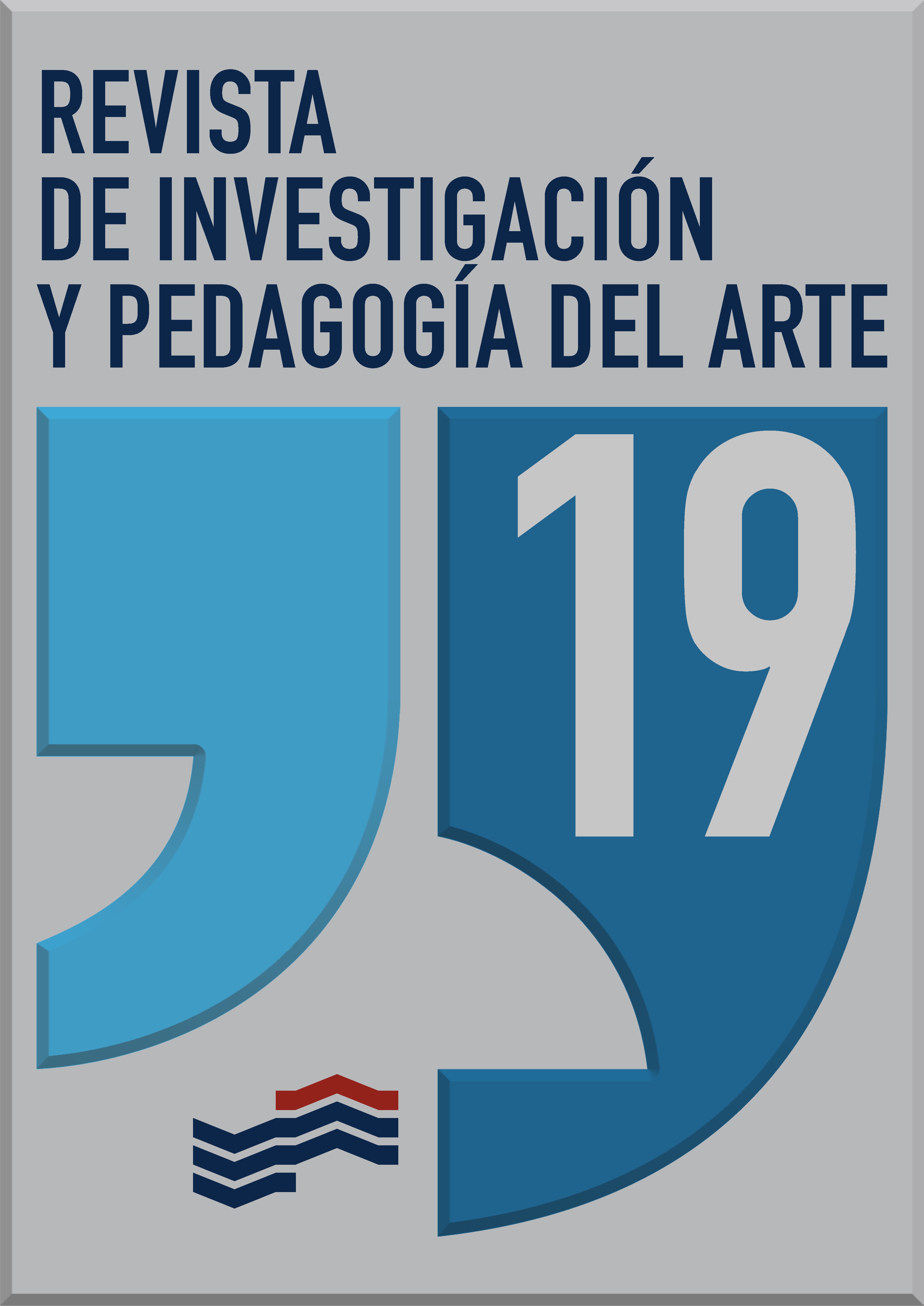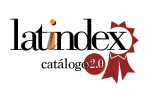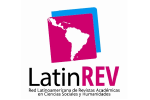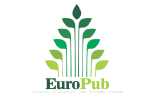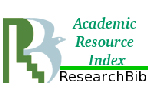Caminos posibles entre la educación artística y las TIC: un estado del arte
DOI:
https://doi.org/10.18537/ripa.19.05Palabras clave:
educación artística, TIC, estudiantes, artes, aprendizaje en líneaResumen
Este artículo, derivado de la tesis Una mirada a la presencia de las TIC en programas de pregrado de artes en Colombia de la Maestría en Educación de la Universidad Pontificia Bolivariana, analiza la integración de las Tecnologías de la Información y la Comunicación (TIC) en la enseñanza de las artes. Basándose en 70 artículos publicados entre 2003 y 2022 en bases de datos como Scopus, Taylor y Francis y SciELO, explora los retos, oportunidades y dificultades del uso de las TIC en la educación artística. Los resultados muestran que las TIC, incluyendo redes sociales, internet y dispositivos móviles, han generado nuevas oportunidades para instituciones, estudiantes y docentes, favoreciendo la innovación pedagógica, la actualización de métodos y el trabajo colaborativo. Además, evidencian una creciente aceptación de estas tecnologías, lo que transforma las prácticas educativas y potencia la creatividad y la interacción en el aprendizaje artístico. Se resalta la importancia de continuar investigando su impacto para fortalecer la educación artística.
Descargas
Citas
Abdel-Aziz, A. A., Abdel-Salam, H., y El-Sayad, Z. (2016). The role of ICTs in creating the new social public place of the digital era. Alexandria Engineering Journal, 55(1), 487-493. DOI https://doi.org/10.1016/j.aej.2015.12.019
Álvarez-Rodríguez, M. D., Bellido-Márquez, M. D. C., y Atencia-Barrero, P. (2019). Teaching though ICT in obligatory secundary education. Analysis of online teaching tools. Revista de Educación a Distancia, 1(59). DOI https://doi.org/10.6018/red/59/05
Bajardi, A., Porta, S. G. D., Álvarez-Rodríguez, D., y Francucci, C. (2015). Id@rt experience: A transnational blendedlearning project founded on visual culture. International Journal of Emerging Technologies in Learning, 10(2), 17-23. DOI https://doi.org/10.3991/ijet.v10i2.4283
Burke, K. (2021). “How can the creative arts possibly be taught online?” Perspectives and experiences of online educators in n higher education. Asia-Pacific Journal of Teacher Education, 49(3), 347-361. DOI https://doi.org/10.1080/1359866X.2020.1777531
Calderón-Garrido, D., Cisneros, P., García, I. D., y De Las Heras-Fernández, R. (2019). Digital technology in Music Education: A review of the literature. Revista Electrónica Complutense de Investigación en Educación Musical, 16, 43-55. DOI https://doi.org/10.5209/reciem.60768
Caldwell, L. A., y Milling-Robbins, S. (2007). Teaching Dance in an Online Setting. Journal of Dance Education, 7(1), 25-29. https://doi.org/10.1080/15290824.2007.10387329
Capasso, V. (2018). Sobre usos de la web vinculados a la producción y enseñanza de prácticas artísticas contemporáneas. Índex, revista de arte contemporáneo, 6, 96-102. SciELO Ecuador. https://doi.org/10.26807/cav.v0i06.144
Codina, L. (2021). Scoping reviews: características, frameworks principales y uso en trabajos académicos. Lluiscodina, https://www. lluiscodina. com/scoping-reviews-guia.
Elisondo, R, y Melgar, M. (2015). Museos y la Internet: contextos para la innovación. Innovación educativa, 15(68), 17-32. http://www.scielo.org.mx/scielo.php?script=sci_arttext&pid=S1665-26732015000200003&lng=es&tlng=es.
Ellis, R. A. (2016). Students’ approaches to groupwork in a blended course, associations with perceptions of the online environment and academic achievement – when is learning engaged? Education and Information Technologies, 21(5), 1095-1112. https://doi.org/10.1007/s10639-014-9370-4
Grenfell, J. (2015). The Affordances of Blended Learning in a Higher Education Flipped art Classroom. 238-247. https://www.scopus.com/inward/record.uri?eid=2-s2.0-84977139299ypartnerID=40ymd5=a8f10062411db278168868daea8667e3
Grushka, K., Buchanan, R., Whittington, M., y Davis, R. (2022). Postdigital Possibilities and Impossibilities behind the Screen: Visual Arts Educators in Conversation about Online Learning and Real-world Experiences Visual Pedagogies and Blended Learning. Video Journal of Education and Pedagogy, 18(8), 1-23. https://doi.org/10.1163/23644583-bja10027
Li, Q., Li, Z., y Han, J. (2021). A hybrid learning pedagogy for surmounting the challenges of the COVID-19 pandemic in the performing arts education. Education and Information Technologies, 26(6), 7635-7655. https://doi.org/10.1007/s10639-021-10612-1
Li, Z. (2021). Creativity and opportunity: How COVID-19 fosters digital dance education. Digital Creativity, 32(3), 188-207. https://doi.org/10.1080/14626268.2021.1967406
Li, Z., Li, Q., Han, J., y Zhang, Z. (2022). Perspectives of Hybrid Performing Arts Education in the Post-Pandemic Era: An Empirical Study in Hong Kong. Sustainability (Switzerland), 14(15). https://doi.org/10.3390/su14159194
Loveless, A. (2003). Making a difference? An evaluation of professional knowledge and pedagogy in art and ICT. International Journal of Art and Design Education, 22(2), 145-154. https://doi.org/10.1111/1468-5949.00350
María, K., Persa, F., Ilias, A., y Efstathios, S. (2011). Teaching art using technology: The views of high school students in Greece. Review of European Studies, 3(2), 98-109. https://doi.org/10.5539/res.v3n2p98
Nicolás, A. M. B., y Soler, A. H. (2016). Teaching innovation in the degree of master of the university of Valencia. Auditory and visual perception of landscape through ICT. Opcion, 32(Special Issue 7), 215-230.
Onwuagboke, B. B. C., Singh, T. K. R., y Fook, F. S. (2015). Integrating technology in art education in Nigerian education system: The need for an effective pedagogical approach. Mediterranean Journal of Social Sciences, 6(4S1), 184-192. https://doi.org/10.5901/mjss.2015.v6n4s1p184
Ortiz, L (2007). Campus Virtual: la educación más allá del LMS. Revista de Universidad y Sociedad del Conocimiento (RUSC), 4(1). https://rusc.uoc.edu/rusc/es/index.php/rusc/article/view/v4n1-ortiz.html
Prohaska, Z., Benković, S., y Uroda, I. (2015). Implementation of computer programs in Visual Arts education in Croatian primary schools. 870-875.https://doi.org/10.1109/MIPRO.2015.7160396
Rahmat, M. K., y Au, W. K. (2019). Visual art education teacher’s beliefs and attitudes toward incorporating ict into art classrooms. 10.24191/ajue.v15i3.02
Rahmat, M.K., y Au, W.K. (2017). Integrating Technology Into Art Classrooms: Does the Malayssia Visual Art Education Teachers Ready? International Journal of Education, Psychology and Counselling, 2(5), 310-317. http://www.ijepc.com/PDF/IJEPC-2017-05-09-24.pdf
Saura Pérez, Á. (2013). E@: Social network for arts education free access and distance learning, for continuous teacher education. Estudios Sobre el Mensaje Periodistico, 19, 459-468. DOI https://doi.org/10.5209/rev-ESMP.2013.v19.42053
Saura Pérez, Á. (2013a). Entangled Exhibition Project: Artistic masking as methodological strategy in order to profesional skill development. Historia y Comunicacion Social, 18(SPEC. ISSUE DECEM), 369-383. https://doi.org/10.5209/rev-HICS.2013.v18.44335
Semchuk, S., y Tien, L. (2004). Telling story! Voice in photography: An online visual art critical studies program evaluation. International Review of Research in Open and Distance Learning, 5(3). https://doi.org/10.19173/irrodl.v5i3.206
Terreni, L. (2010). Adding new possibilities for visual art education in early childhood settings: The potential of interactive whiteboards and ICT. Journal of Early Childhood, 35(4), 90-94. https://doi.org/10.1177/183693911003500411
Vi Anh, T., Nguyen, H. T. T., y My Linh, N. T. (2019). Digital transformation: A digital learning case study. 119-124. https://doi.org/10.1145/3362125.3362135
Wimpenny, K., Knowles, R. V., Ramsay, C., y Speculand, J. (2019). #3CityLink: Disrupting Learning through a Translocal Art Pedagogy Exchange Project. International Journal of Art and Design Education, 38(2), 328-343. https://doi.org/10.1111/jade.12193
Winner, E., Goldstein, T y Vincent, S. (2014) ¿El arte por el arte? la influencia de la educación artística. Instituto Politécnico Nacional.
Publicado
Número
Sección
Licencia

Esta obra está bajo una licencia internacional Creative Commons Atribución-NoComercial-CompartirIgual 4.0.

